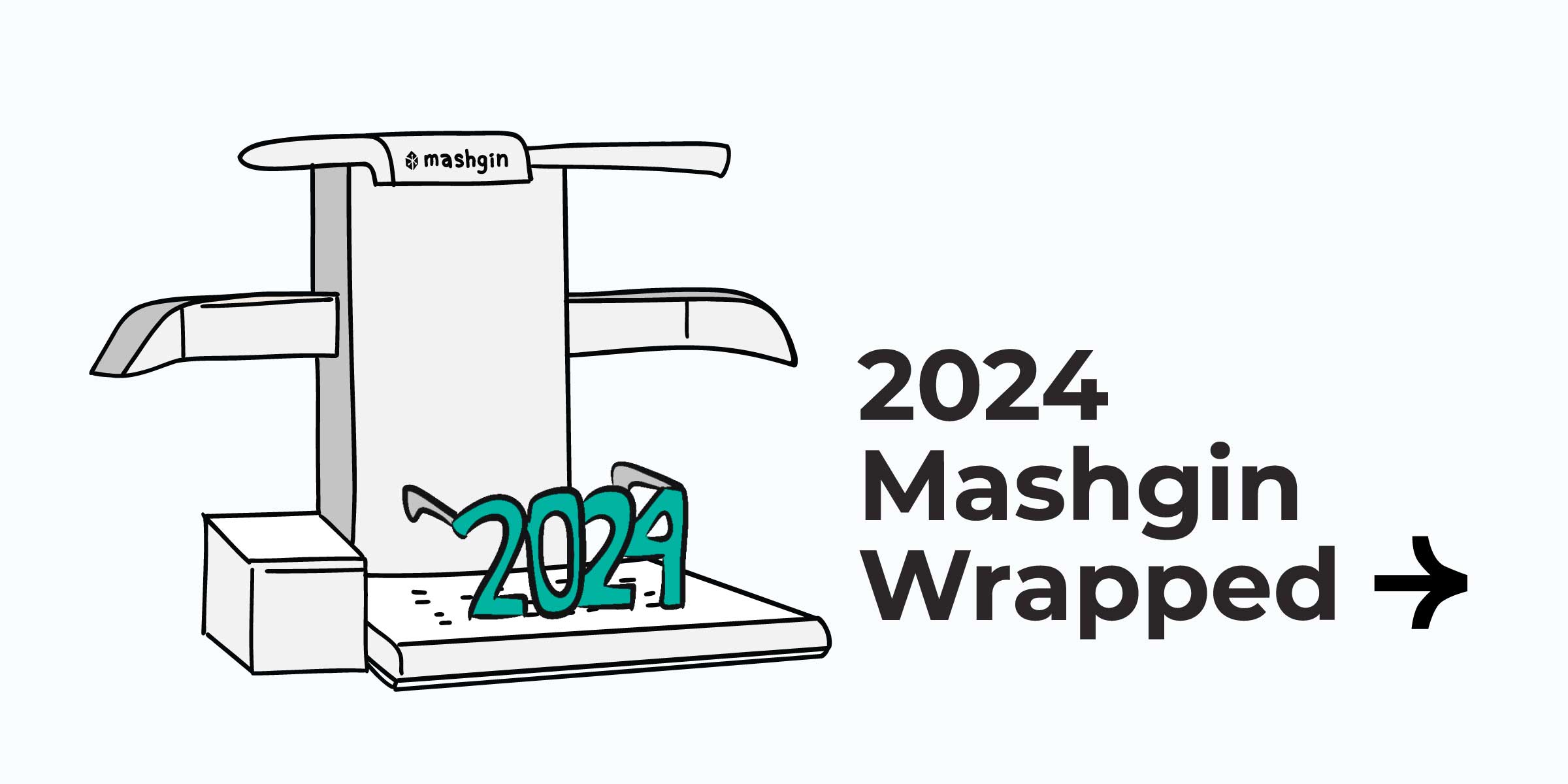Boosting Healthcare with Autonomous AI Checkout Efficiency

In healthcare facilities, where the need to balance operational efficiency with quality care is critical, the adoption of autonomous checkout systems represents a practical approach to improving financial management. This shift towards technology-driven solutions is aimed at addressing the economic challenges inherent in healthcare operations.
The Economic Challenges in Healthcare
Consider the scenario in a hospital cafeteria, where the lunch rush creates long, slow-moving lines. Employees, patients, and visitors often spend more time waiting to pay for their meals than they do eating them. This inefficiency isn't just a nuisance; it represents a significant operational cost. Traditional checkout methods, reliant on manual transactions and employee oversight, contribute to these delays, affecting staff productivity and patient satisfaction.
Operational Cost Reduction
Autonomous checkout systems reduce operational costs by streamlining transaction processes. By removing the manual elements of scanning and processing, these systems lower the labor requirements for checkout operations. The increased transaction speed brought about by autonomous technology also contributes to reduced waiting times and less congestion in areas such as cafeterias.
Enhancing ROI
The adoption of autonomous checkout technology not only saves on labor costs but also indirectly benefits the facility. Improved efficiency encourages more transactions as customers enjoy a quicker, more convenient service. Furthermore, a better overall experience can positively influence the facility's reputation, potentially leading to an increase in patient numbers.
A Shift to Efficiency: The Mashgin Impact
Before the introduction of solutions like Mashgin, a hospital cafeteria might experience significant delays during peak hours. Employees rushing between shifts, patients returning from appointments, and visitors on tight schedules would find themselves stuck in lengthy lines, leading to frustration and wasted time.
With the implementation of Mashgin's self-checkout system, the scenario transforms. Items are recognized automatically without manual input, dramatically reducing checkout times to just 10-15 seconds and alleviating congestion. This change not only streamlines cafeteria operations but also showcases the potential for significant savings and a faster return on investment, offering a compelling case for the economic efficiency of autonomous technology in healthcare.
Conclusion
Facing complex economic challenges, healthcare facilities are increasingly looking to technologies like autonomous checkout systems to improve efficiency and reduce costs without compromising the quality of care. Systems like Mashgin present a direct path to achieving these objectives, providing both immediate and long-term financial benefits. Through the integration of such technology, healthcare operations can become more streamlined, cost-effective, and patient-centric, marking a significant advancement in the use of technology to support healthcare economics.

